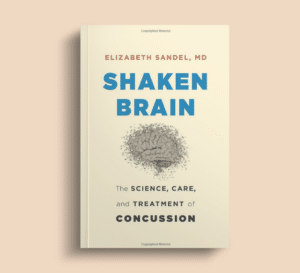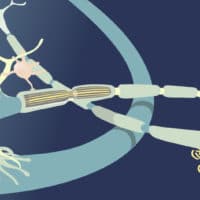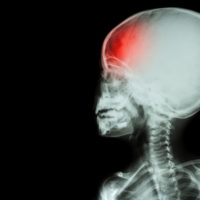Top Causes of Concussion in Children and Adolescents

When we think of “youth” and “concussion,” the first thing that likely comes to mind is a teenager engaging in a high-risk activity such as football, soccer, or snowboarding. But not all youth brain injury results from these risky activities. Of the millions of concussions reported by emergency rooms every year, figures put concussions related to sports and recreation at just 30% – so 70% of concussions result from other causes.
Let’s look at the most common causes of traumatic brain injury (TBI) and concussion (also known as mild TBI, or mTBI) in children and adolescents to see how youth brain injuries don’t only take place on high school sports fields.
Top Causes of Brain Injury (TBI) in Children and Adolescents
Blunt force injury, inertial injury (an acceleration/deceleration event such as occurs during a car crash), or a gunshot or other head-penetrating wound can cause a brain injury. The CDC, using emergency room data, has determined that the leading causes of TBIs in children up to age 14 age are unintentional falls and blunt trauma, whereas motor vehicle crashes and falls lead the list of causes for people ages 15 to 24.
Rates of TBI-related emergency department visits have been increasing over the last several decades. These rates increased the most for youth under age 4. Our youngest children have the highest TBI rates of any age group, typically almost twice as high as for those ages 15 to 24.
Here is more about the CDC’s top-reported causes of TBIs, including concussions in children and adolescents.
Kids’ Falls Eclipse other TBI-related Emergency Visits
Falls are by far the leading cause of TBI-related ED visits among children up to age 4. Falls also lead the list of emergency department visit causes for children 5-14. At the same time, falls are not a leading cause of TBI-related death, because they usually don’t result in the most serious injuries.
Blunt-force Injury is the #2 TBI Cause in Children
Blunt-force injuries occur when an object hits someone on the head or the person runs into an object. Blunt force is the second leading cause of TBI in children. Injuries caused by being struck by or against an object account for 35% of injuries in the 5- to 14-year-old group. Like falls, a blunt injury is less likely to result in death but can certainly cause disability in any age group.
Motor Vehicle Accidents are a Leading Cause of Kids’ TBI-related Deaths
Motor vehicle accidents are much more likely to be the cause of TBI-related deaths, responsible for a little under half of all TBI-related deaths in children and adolescents. In comparison, falls are responsible for less than 5% of deaths across these age categories.
Motor vehicle accidents are the #1 cause of TBI-related deaths among children 5-14 and are the #1 cause of TBI-related ED visits and hospitalizations for older teens.
Assault and Abuse are Tied to Many TBI-related Deaths in Infants/Toddlers and Serious Brain Injuries in Teens
Assault is the leading cause of TBI-related deaths among children under the age of 4 as well as a common cause of TBI-related ED visits and hospitalizations for older teens. These injuries are more difficult to diagnose because parents and other caregivers may withhold information from providers, and children are often unable to report the circumstances surrounding these injuries when they involve abuse or neglect. You can read more about assault and abuse as causes of TBI and the complications for diagnosis here and in my book, Shaken Brain: The Science, Care, and Treatment of Concussion.
Learn More About TBI and Concussion in Children
Pediatric physiatrist Maya Evans from the University of California/Davis School of Medicine and I discuss the consequences of brain injury in children, some ways to prevent these injuries, how evaluation and treatment differs between children and adults, and much more in this interview.
Listen to my interview with an Australian early education specialist on The Early Learning Spot. The CDC pediatric TBI guideline offers recommendations for providers and resources for parents and others concerning diagnosis
You Might Also Like
Concussions in Young Children
Dr. Maya Evans is a pediatric physiatrist who treats children and adolescents with brain injuries, including concussions. She discusses the special needs of these populations for expert care and also advocates for prevention strategies.
Concussion in Young Children: What You Need to Know
An early childhood teacher talks with Dr. Sandel about about concussion in young children. What causes it? What do we need to look for? And how can we help during the recovery process?
How Long Will It Take for My Child to Recover from a Concussion?
Children can experience a range of symptoms after concussion. They require individualized treatments and strategies for returning to activities and to school. A physician with training and experience in treating concussions must provide early interventions and follow-up, regardless of how long recovery takes.
Keep up to date
Get updates on the latest in concussion, brain health, and science-related tools from Dr. Elizabeth Sandel, M.D.
By clicking SIGN UP, you agree to receive emails from Dr. Sandel and agree to our terms of use and privacy policy.
Get the book!




